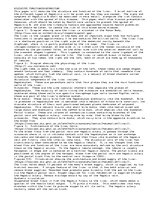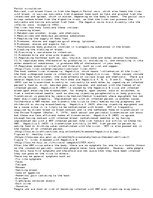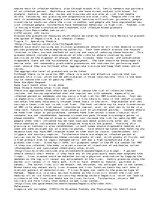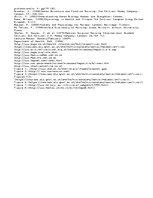-
Digestive Function/Dysfunction
This paper will describe the structure and function of the liver. A brief outline of the different types of Hepatitis will be given and how they are caused. The signs and symptoms of Hepatitis B shall be described in more detail, alongside the risk factors associated with the spread of this disease. This paper shall also discuss preventative measures, which should be taken by Health care workers to prevent the spread of Hepatitis B, and also the lifestyle factors and approaches towards health promotion which should be taken, to reduce the risk of this blood-borne disease.
Figure 1: Diagram showing were the liver is situated in the Human Body. (http://www.ace.ac.nz/doclibrary/images/organs2.jpg).
The liver is the largest gland in the body and an important organ that has multiple functions it weighs approximately 3 lb and contains 300 billion cells. The liver lies in a sheltered position in the right side of the abdominal cavity beneath the diaphragm, where it is partly protected by the rib cage. The liver is intraperitoneally located, on one side it is linked with the lesser curvature of the stomach by the peritoneal folds, on the other side with the anterior abdominal wall by the crescent-shaped ligament. This ligament is connected to the round ligament of the Liver, which is remnant of uterine life. The liver is reddish brown in colour and consists of two lobes, the right and the left, both of which are made up of thousands of lobules.
…




